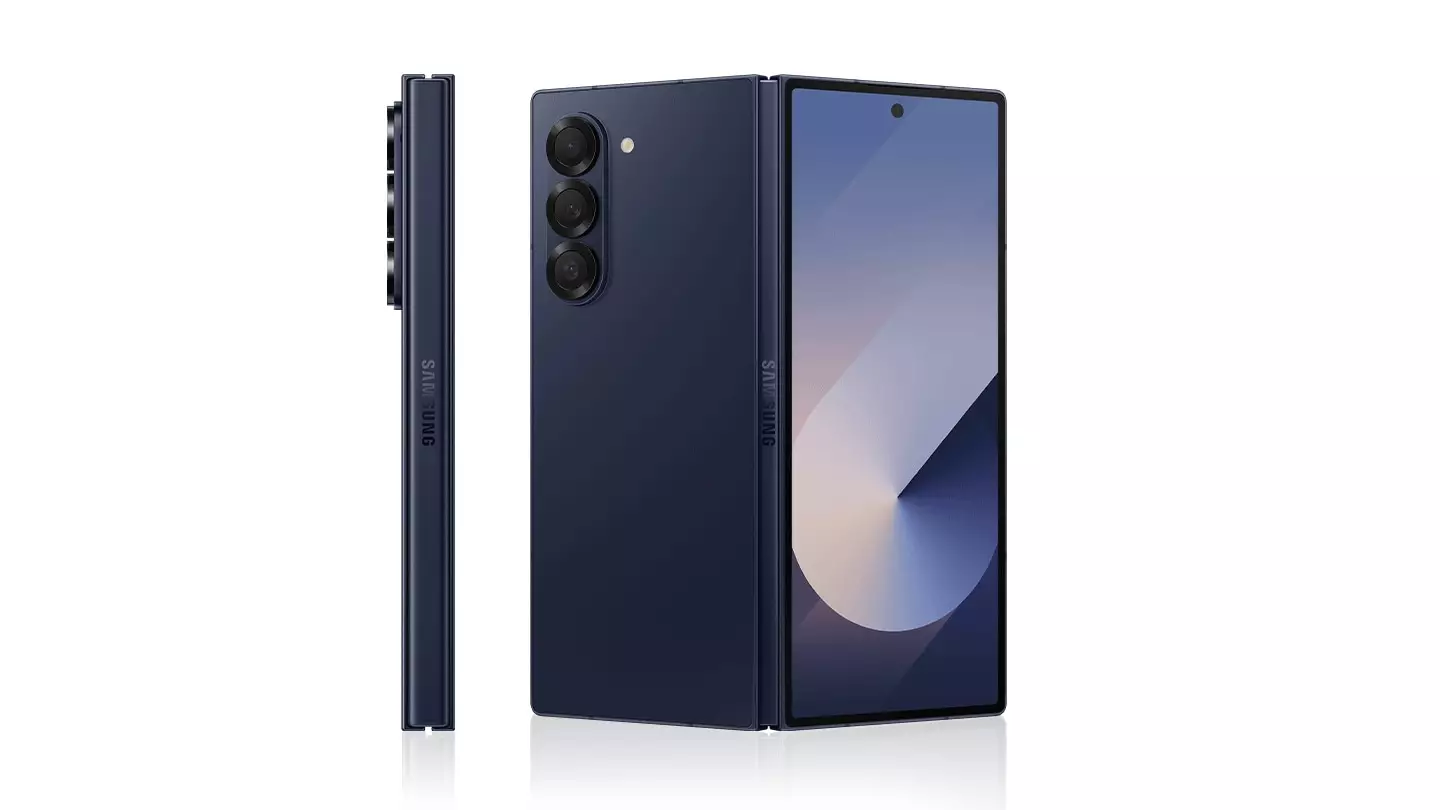Samsung has become synonymous with foldable smartphone innovation, positioning itself as a pioneer and market leader. Yet, the forthcoming Galaxy Z Fold 7, slated for unveiling on July 9 during Samsung’s Unpacked event, feels like a case study in cautious evolution rather than revolutionary progress. While early leaks and renders point to a phone that aims to be slimmer, lighter, and more refined, these incremental changes risk underwhelming an audience eager for true innovation rather than subtle tweaks.
The leaked render shared by reputable tipster Ice Universe throws light on Samsung’s decision to abandon the so-called “Saturn Ring Design” – the metallic camera rings that encased the lenses on previous models, including the Galaxy Z Fold 6 and the Galaxy S25 series. What might appear as a minor aesthetic adjustment is actually a signal of Samsung’s reactive rather than proactive design philosophy. The “Saturn Rings” faced widespread criticism for appearing cheap and visually inconsistent with the otherwise premium devices. Samsung’s quick pivot to removing them before mass production highlights how responsive they are to consumer feedback, but it also underscores a concerning trend: are they truly leading or just fast-following?
Design Versus Substance
The Galaxy Z Fold 7’s rumored slimmer profile and lighter weight might seem like laudable improvements. Measuring reportedly 4.2mm when unfolded and weighing just 215 grams, Samsung’s engineers seem keen on ensuring the foldable feels less cumbersome—a legitimate concern given the bulkiness that foldables traditionally face. However, these benefits may come at the cost of groundbreaking innovations elsewhere, especially in camera technology and internal hardware redesign.
The triple rear camera, arranged vertically, provides a familiar pattern, but without the bold flair of the past “Saturn Rings,” it risks slipping into blandness. The optics reportedly powered by the Snapdragon 8 Elite for Galaxy chipset will likely deliver robust performance, but Samsung is betting on iterative hardware boosts rather than redefining what foldables can deliver in photography and everyday experience. With fierce competition from Chinese brands offering daring designs and aggressive pricing, Samsung’s “safe” choices may miss the mark for those wanting the latest and greatest in smartphone tech.
The Perils of a Risk-Averse Strategy
Samsung’s cautious approach to the Galaxy Z Fold 7 could be viewed through a center-liberal lens as a reflection of corporate risk aversion overshadowing bold innovation. The company’s responsiveness to customer feedback to remove the “Saturn Ring” design is commendable, yet it exposes a reactive posture rather than a visionary one. In key tech sectors, especially consumer electronics, leaders must anticipate trends and set the stage for the future—not merely adjust aesthetics post-critique.
Furthermore, the fact that this design change might extend into the next Galaxy S26 series suggests that Samsung is standardizing a more conservative, perhaps minimalist camera design language for its flagship lineups. In a world where smartphone designs have plateaued, one might argue that consumers deserve more than just smaller design tweaks and rebranded chipsets manufactured in incremental cycles.
Marketing Hype vs. Genuine Progress
Samsung’s Unpacked event is always shrouded in anticipation and accompanied by intense marketing pushes. With pre-reservations live in markets like India, the company is eager to lock in sales early, banking on its established reputation and ecosystem advantage. Yet marketing campaigns rarely capture the subtle dissatisfaction burgeoning beneath the surface. The foldable market, despite Samsung’s dominance, still feels niche—a luxury tech toy more than a mainstream device.
By retaining the core design language of the Galaxy Z Fold 6, the Fold 7 appears as an evolutionary rather than revolutionary product. If the company truly seeks to shake up the foldable category, it needs to focus on more tangible user-centric breakthroughs—be it battery longevity, software fluidity, or genuinely novel form factors. Otherwise, Samsung risks folding under consumer expectations, dismissing innovation for incrementalism.
Why Samsung Needs to Dare More
In the broader context of technology’s relentless push forward, incrementalism may preserve short-term profits but stifles genuine advancement. Samsung’s decision to drop the “Saturn Ring” design after negative feedback is a classic example of a company caught between satisfying vocal critics and shaping a bold vision. The Z Fold 7’s lightweight design and flagship chipset are welcome, but barely enough to spark excitement in a market hungry for disruption.
If Samsung wants to maintain its dominant position and embody the spirit of technological progress, it must strike a better balance. It needs to be bold enough to lead changes, not just react to them. Folding the future requires risk—both in design and function—that goes beyond aesthetic fixes. Otherwise, consumers may soon look elsewhere for innovation in a fast-evolving smartphone economy.


Leave a Reply